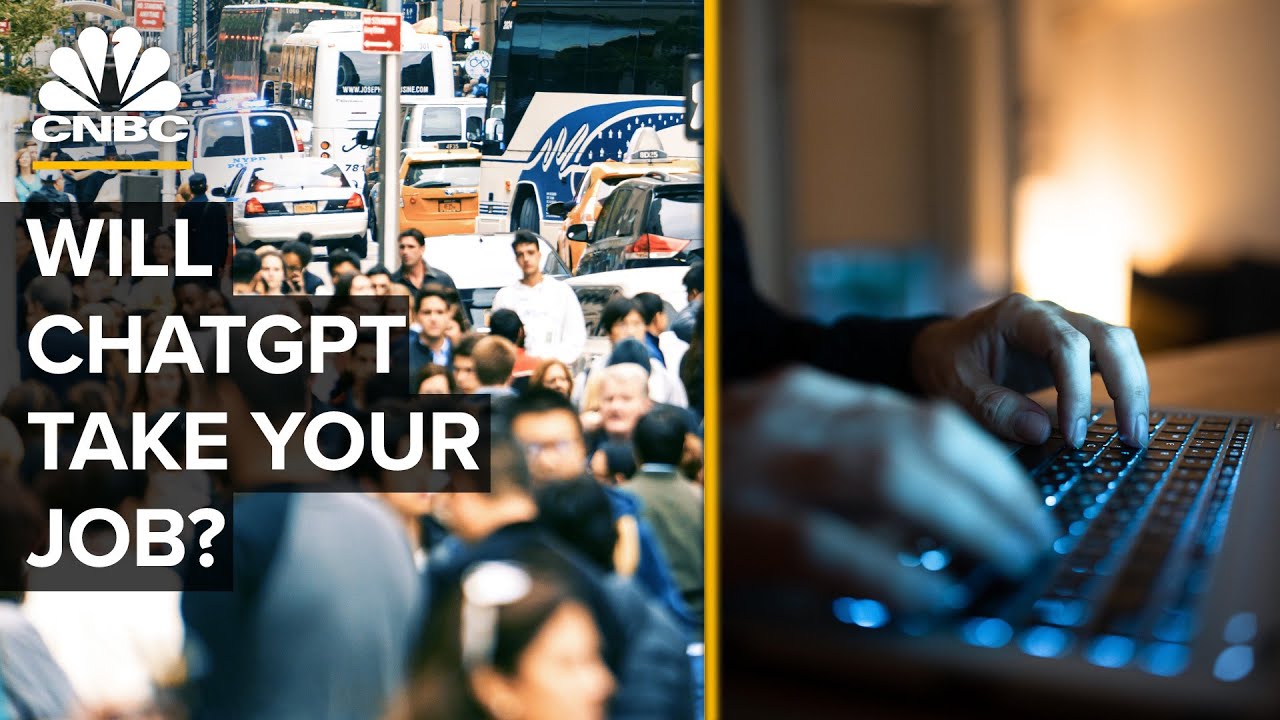The Rise of Generative AI: A Disruptive Force in the Economy
A New Era of Automation
The development of new generative artificial intelligence (AI) tools has the potential to significantly impact industries that employ white-collar workers. These innovative technologies have the ability to create art, conduct research, and automate tasks that previously required years of training and expertise. As these tools continue to evolve and become more prevalent, it’s essential to consider their potential effects on the economy and industries as a whole.
The Emergence of Generative AI
Generative AI refers to a subset of artificial intelligence that enables machines to create new content, such as images, music, videos, and even entire articles. This technology has been around for several years but has recently gained significant traction with the development of more sophisticated models like DALL-E, Midjourney, and Stable Diffusion.
These tools have demonstrated an impressive ability to generate high-quality content that is often indistinguishable from human-created material. For example, DALL-E can produce photorealistic images based on text prompts, while Midjourney generates surreal and imaginative artwork. The potential applications of these technologies are vast, ranging from art and design to education and entertainment.
Disrupting Industries
The rise of generative AI has the potential to disrupt various industries that rely heavily on human creativity and expertise. Some of the most affected sectors include:
- Art and Design: Generative AI tools can create original artwork, music, and even entire designs, potentially replacing human artists and designers.
- Education: AI-powered adaptive learning systems can personalize education for students, making traditional teaching methods obsolete.
- Research and Development: Generative AI can speed up the research process by automating tasks such as data analysis and hypothesis generation.
- Media and Entertainment: AI-generated content, including videos, podcasts, and even entire TV shows, could revolutionize the media landscape.
The Impact on White-Collar Workers
As generative AI continues to advance, it’s likely that many white-collar jobs will be automated or significantly impacted. This shift can lead to both positive and negative consequences:
- Increased Productivity: By automating routine tasks, businesses may experience significant productivity gains, allowing them to focus on more complex and high-value tasks.
- Job Displacement: On the other hand, the automation of white-collar jobs could lead to widespread unemployment and job displacement.
The Economy of Tomorrow
As generative AI continues to evolve, it’s essential to consider the potential effects on the economy. Some possible outcomes include:
- Increased Efficiency: Businesses may become more efficient and productive, leading to increased competitiveness and growth.
- Changes in Consumer Behavior: As AI-generated content becomes more prevalent, consumer behavior may shift towards valuing creativity and originality over traditional measures of quality.
Preparing for the Future
As the rise of generative AI continues, it’s crucial for individuals, businesses, and governments to prepare for the changes that will inevitably come. Some strategies include:
- Upskilling and Reskilling: Developing new skills that are complementary to AI, such as critical thinking, creativity, and emotional intelligence.
- Investing in Education and Training: Governments and businesses can invest in education and training programs that focus on developing the skills of the future.
- Encouraging Innovation: Fostering a culture of innovation and experimentation will be essential for driving growth and development in industries impacted by generative AI.
Conclusion
The rise of generative AI has the potential to significantly impact industries staffed by white-collar workers. As this technology continues to evolve, it’s essential to consider its effects on the economy and prepare for the changes that will inevitably come. By investing in education, training, and innovation, we can ensure a smooth transition into an AI-driven economy.
References
- CNBC: The Rise of Generative AI
- DALL-E: Official Website
- Midjourney: Official Website
- Stable Diffusion: Official Website
